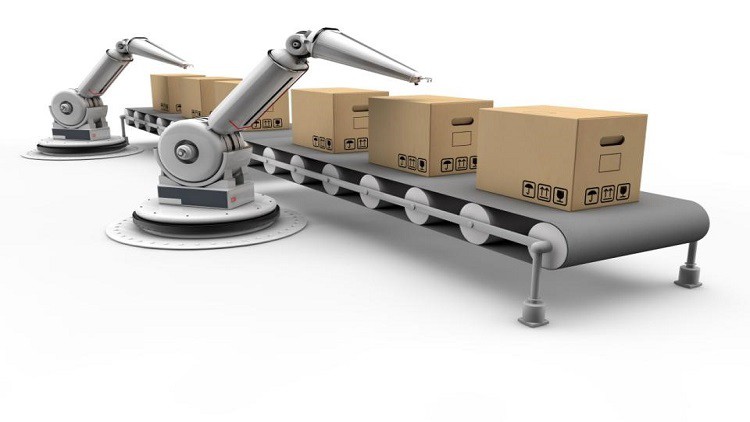
Capacity Planning’ is thecompetitive advantage that can help an organization to succeed and help fulfil the objectives
What you will learn
Define Capacity
Explain What is meant by ‘Capacity Planning’
Describe the Types of Capacity Planning
Explain Operations Scheduling and Workplace Planning
Describe the Types of Operations Scheduling
Explain What is Aggregate Planning
Explain the Strategies of Aggregate Planning
Explain Production Planning and Control
Explain the Inventory Models
Describe the Principles of Material Handling
Explain Planning and Scheduling Maintenance
Explain Waiting Line (Queue) Management
List the Characteristics of a Queue System
Explain the Principles of World Class Manufacturing
Describe World Class Manufacturing Techniques
Description
‘Management Capacity’ is referred as the amount of input resources available to produce relative output over period of time. ‘Capacity’ is the ability of a given system to produce output within the specific time period. ‘Capacity’ is referred to as maximum production capacity, which can be attained within a normal working schedule. The production system design planning considers input requirements, conversion process and output. An organization should then undertake capacity planning after considering the forecast and long-term planning.
‘Capacity Planning’ is essential to be determine the optimum utilization of resources and plays an important role in decision-making process such as for, extension of existing operations, modification to existing product lines, starting new products, etc. Most people believe that ‘Capacity Planning is the same as ‘Forecasting’. However, these both are not the same. There would be a scenario where capacity planning done on a basis of forecasting may not exactly match.
Fayol defines scalar chain as ‘The chain of superiors ranging from the ultimate authority to the lowest’. Every order, instruction, message, request, explanation etc. has to pass through Scalar chain. However, for the sake of convenience and urgency, this path can be cut short and this short cut is known as Gang Plank. A Gang Plank is a temporary arrangement between two different points to facilitate quick and easy communication.
‘Operations Scheduling’ and ‘Workplace Planning’ is the final step in operation planning and design. Operation’s scheduling and workplace planning is implemented during transformation of input to output. Scheduling deals with production of required quantity of product within the required time frame. Workplace planning deals with allocation of resources with priority to work job with first delivery date. ‘Workplace Planning’ ensures optimum productivity by ensuring proper utilization of limited resources and prioritizes job order at different work centers. Workforce control ensures that maximum output is achieved from machines, raw material and workforce. All production-related information is recorded so as to establish input-output control in order to achieve overall efficiency and optimum utilization of raw materials.